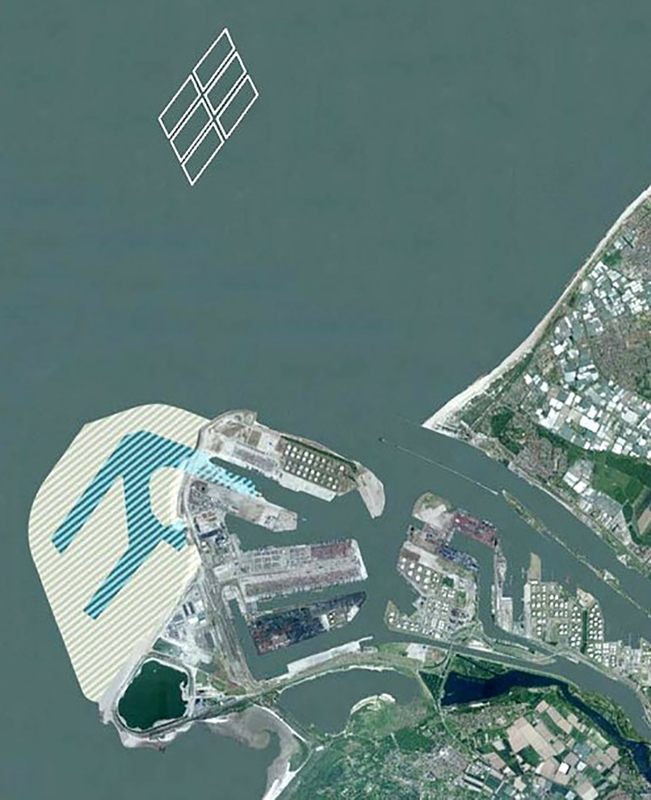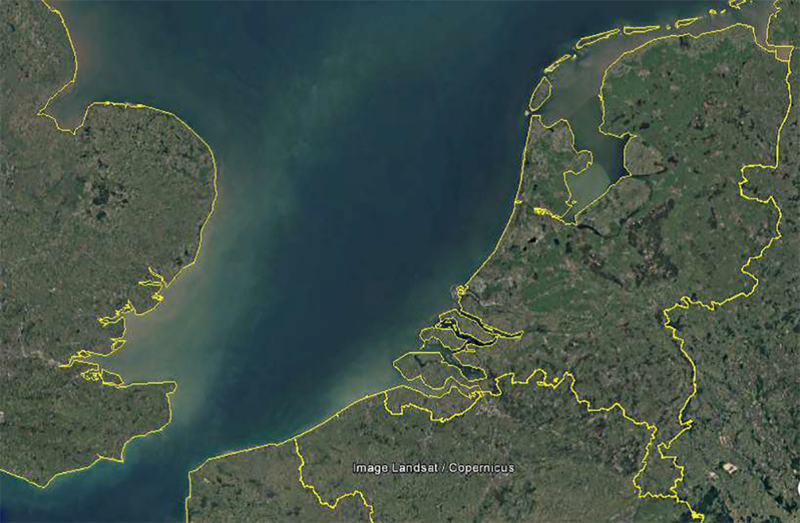Feeding the natural system
The framework for the sustainable re-location of sediments in the Netherlands is the Soil Quality Decree (“Besluit bodemkwaliteit”). This framework adjusts the beneficial use of soil and sediment in watersystems and on land. ‘Useful’ and ‘Functional’ are keywords by the Soil Quality Decree. When use of sediment isn’t functional or useful the application is not allowed. There are standards for beneficial use. When this standards exceed the action levels beneficial use is also not allowed.
Within the Rotterdam area every year approximately 20 million m3 material is dredged. The Port of Rotterdam authority is responsible for dredging the port basins (fluvial sediment). The Dutch government is responsible for the dredging the port approach and entrance at sea (sandy sediment) and the river (fluvial sediment). Non contaminated sediment is disposed of, i.e. re-located, at sea. Contaminated sediment is palced in the confined disposal facility (CDF) De Slufter. The sediment disposed of at sea is placed in a lowered disposal site. This is a controlled way of sustainable location. This prevents back-flow of the sediments back into the Port area. Furthermore a lowered disposal site is like a silt pump. It gradually feeds the Dutch Coastal River with sediment. The morphological and ecological effects of these types of disposal are the justifications of this sustainable re-location being deemed to be ‘functional’ and ‘useful’. Marine sediment (sandy) is dredged near the port entrance, at sea. This marine sediment is re-located into a region called the Dutch Coastal Foundation (DCF). The DCF is the area between the coastline and -20 m depth contour. This is done in order for protection of the DCF beach - and for bank nourishment where necessary. This re-location of sandy sediment contributes to beach and bank nourishments.
Relocation of dredged sediment from ports and waterways in the sea contributes to natural sediment management. Sediment stays in the water system and follows the Dutch Coastal River to the Waddensea, where the sediment is an important part of the ecosystem. The Waddensea is a protected nature area in the north part of the Netherlands (also in Germany and Denmark) .
Graphical information:

